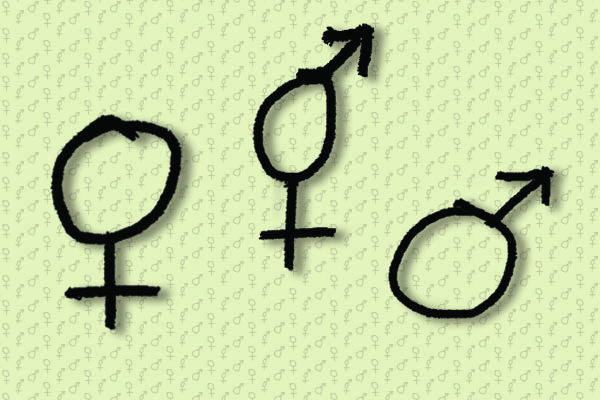
As President Joe Biden took office, he asserted that transgender students should not face discrimination in schools and sports. Concerns over trans women, specifically, entering spaces like bathrooms and locker rooms has generated a moral panic over the years. “What if men dress up as women to harass us more? What if men want to outdo us in sports? What if men want to infiltrate womanhood?”
People who push this ideology are often referred to as TERFs, meaning trans-exclusionary (or exterminatory) radical feminists. They view trans people, especially women, as invalid and pretenders. They assert biological sex and believe there is no basis for gender identity. Men are men and women are women.
Many of their ideas position men as inherently aggressive (harassing women), inherently better (outperforming in sports) and inherently untrustworthy. While true that women are more likely to experience sexual harassment, this represents a dangerous attitude towards sex and gender. If you believe men are biologically inclined to overpower women, then that must mean women are biologically inclined to be overpowered. Researchers have observed differences in the brain according to gender, yes, but “different” doesn’t mean “less than.”
So, where does that leave trans people? Studies on the brains of transgender individuals tell just as complicated a story as cisgender people. The Cleveland Clinic puts it in the simplest of terms in “Research on the Transgender Brain: What You Should Know.” Trans women’s brains resemble cis women’s brains more than men’s. There is, of course, more to a person than the structure of their brain. Behavior, personality, preferences, are all more difficult to study conclusively. What should be conclusive, however, is reproductive organs.
Trans exclusionary radical feminists assert that if someone has internal genitalia they are a woman. But this excludes intersex people who can be born with reproductive organs that don’t fit the traditional male/female categories. This excludes people with mosaic chromosomes that aren’t XX or XY. The biological basis for sex is not a binary one like hair or eye color are not binary. And we have no way of knowing if someone is intersex or has mosaic chromosomes. Regardless of these conditions, most doctors will assign them pink or blue at birth anyway.
None of this will stop TERFs from pulling real stories of violence enacted on cis women. These stories operate in a similar fashion to True Crime dramas: they are cherry-picked to instill a fear in their audience. Do trans people commit crimes? Yes. Do trans women harass people? Yes. Do cis women also do all these things? Yes. Trans women make up only a small portion of the population, but they are at higher rates of poverty, unemployment, homelessness and suicide.
There is nothing innately dangerous about trans people. They are not wolves in sheep’s clothing. The idea that a patriarchal system puts women at risk for gender-based discrimination does not have to conflict with the idea that gender itself is more fluid than pink and blue. As feminists searching for equality with men, the notion that gender identities like “male” and “female” are not rigidly based should be liberating. After all, isn’t freedom from gender bias the heart of feminism?























